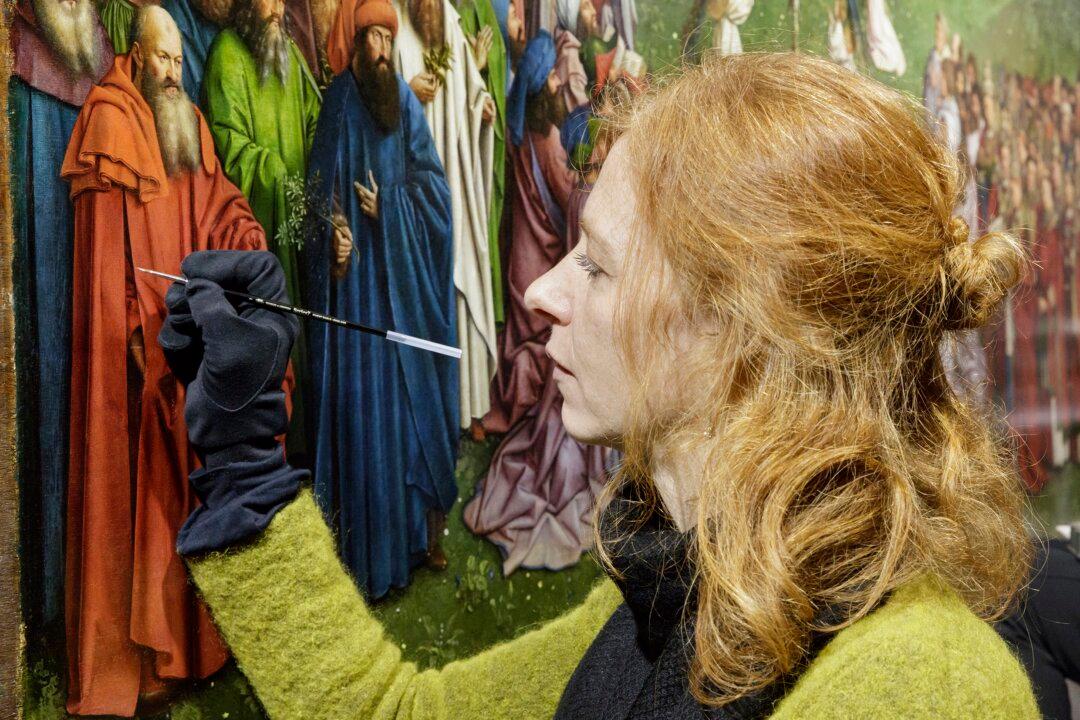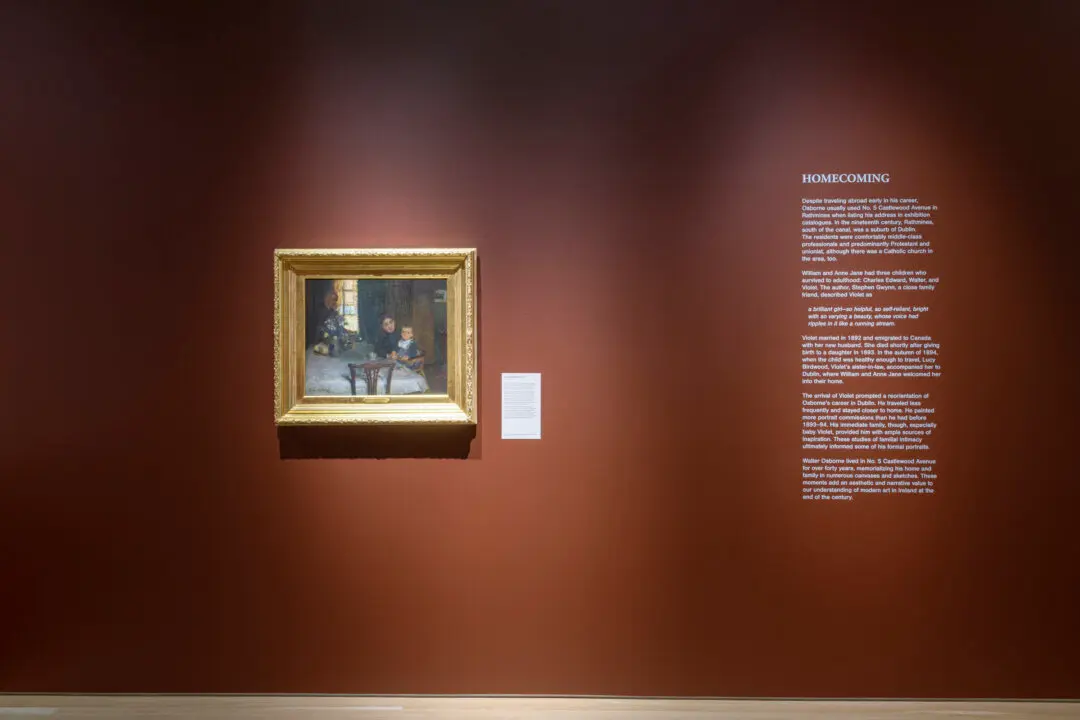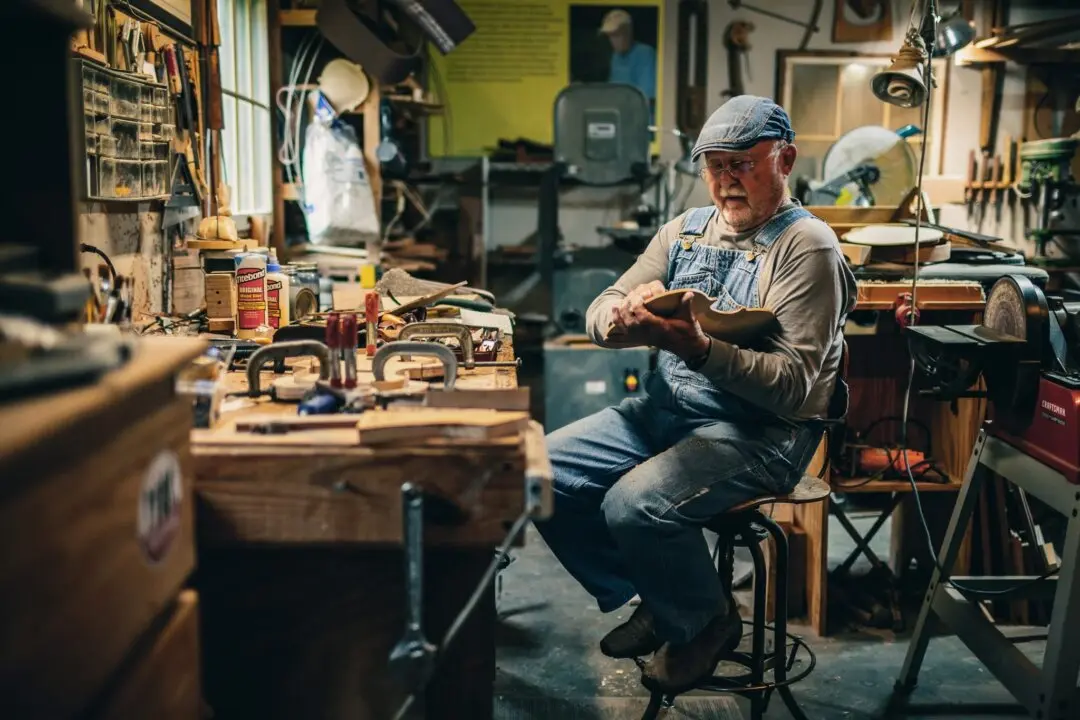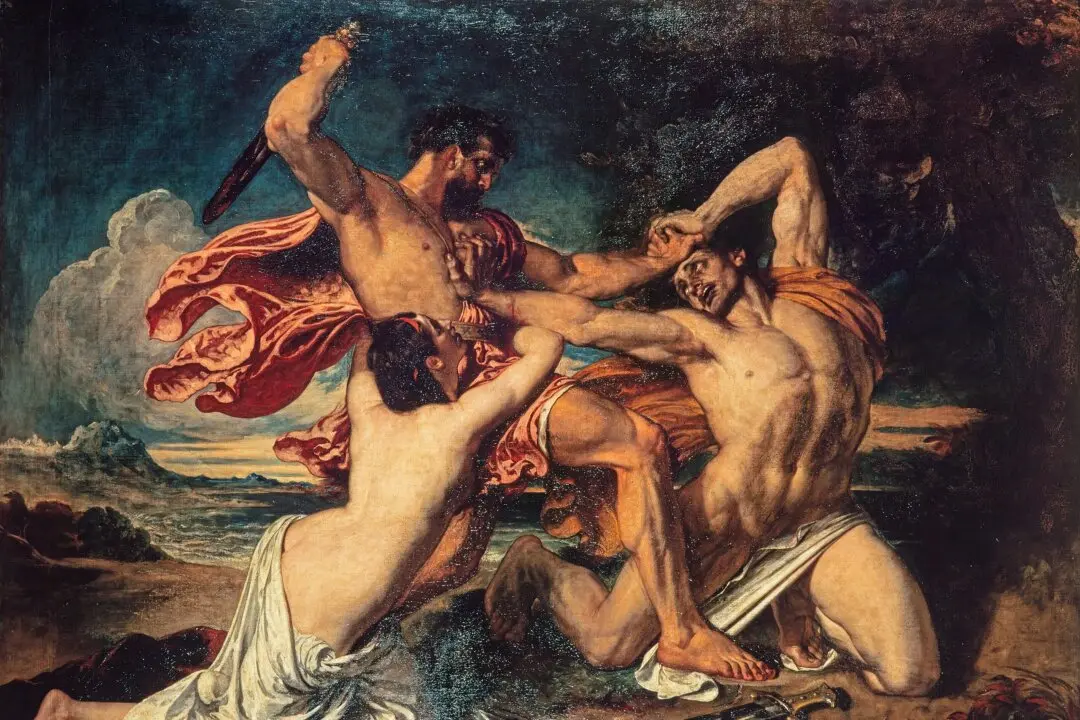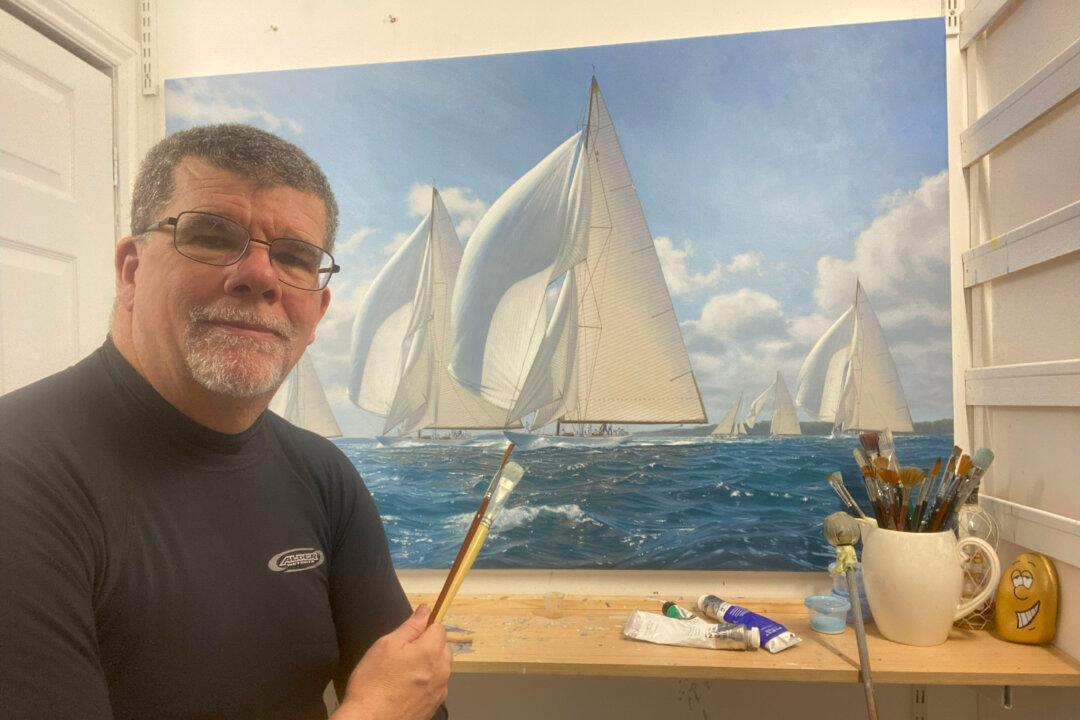One of the most important paintings of the Northern Renaissance hasn’t been quite itself for hundreds of years. Over the course of six centuries, large expanses of the Ghent Altarpiece polyptych, also known as the “Adoration of the Mystic Lamb,” have been overpainted, mainly in the mid-16th century, to reflect the tastes of the time or to patch up damaged areas of canvas.
Now, the lower register of the Ghent Altarpiece can be seen as the van Eyck brothers, Hubrecht and Jan, intended it in 1432, when the commission was completed for St. Bavo’s Cathedral in Ghent, Belgium. The cathedral also commissioned the current restoration of the entire altarpiece, which has occurred over a number of phases, this being the end of phase two.The lower register, now revealing the joyful details of the original, is on view in the Villa chapel in St. Bavo’s Cathedral.

